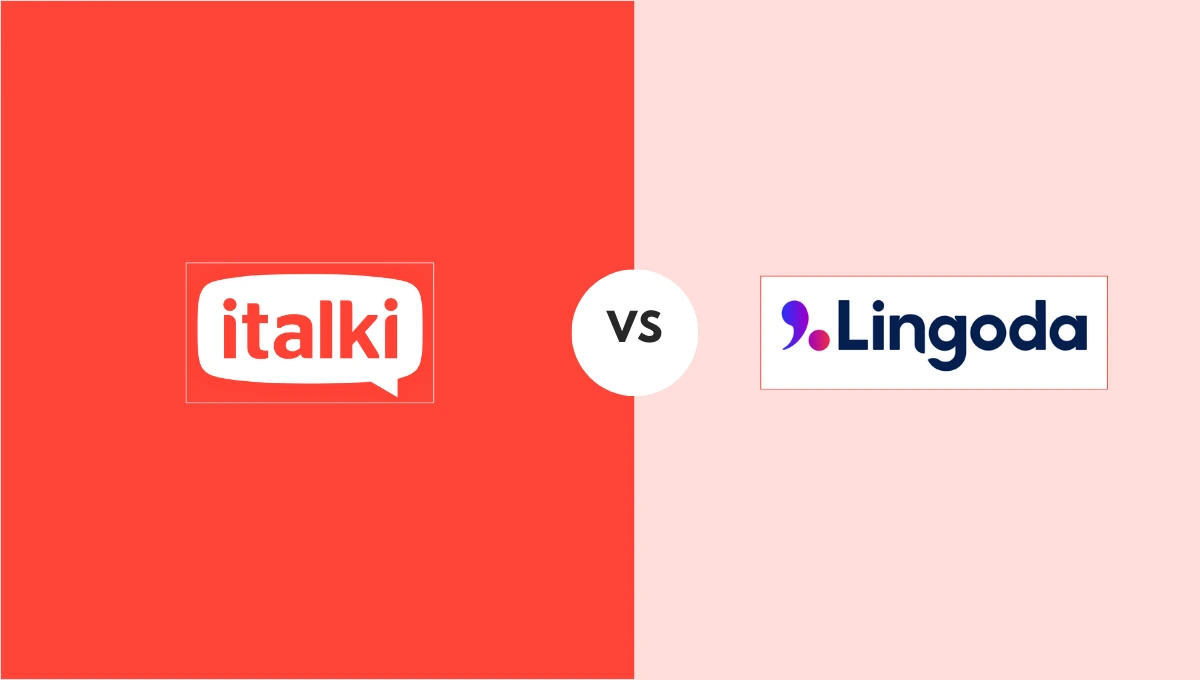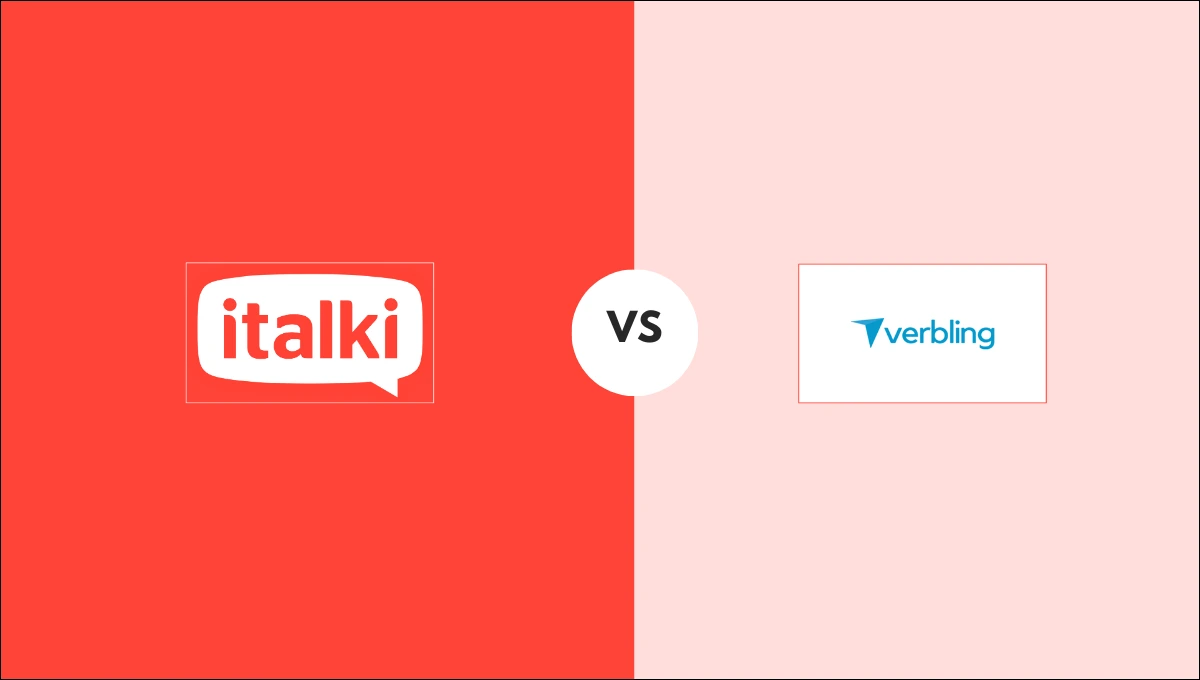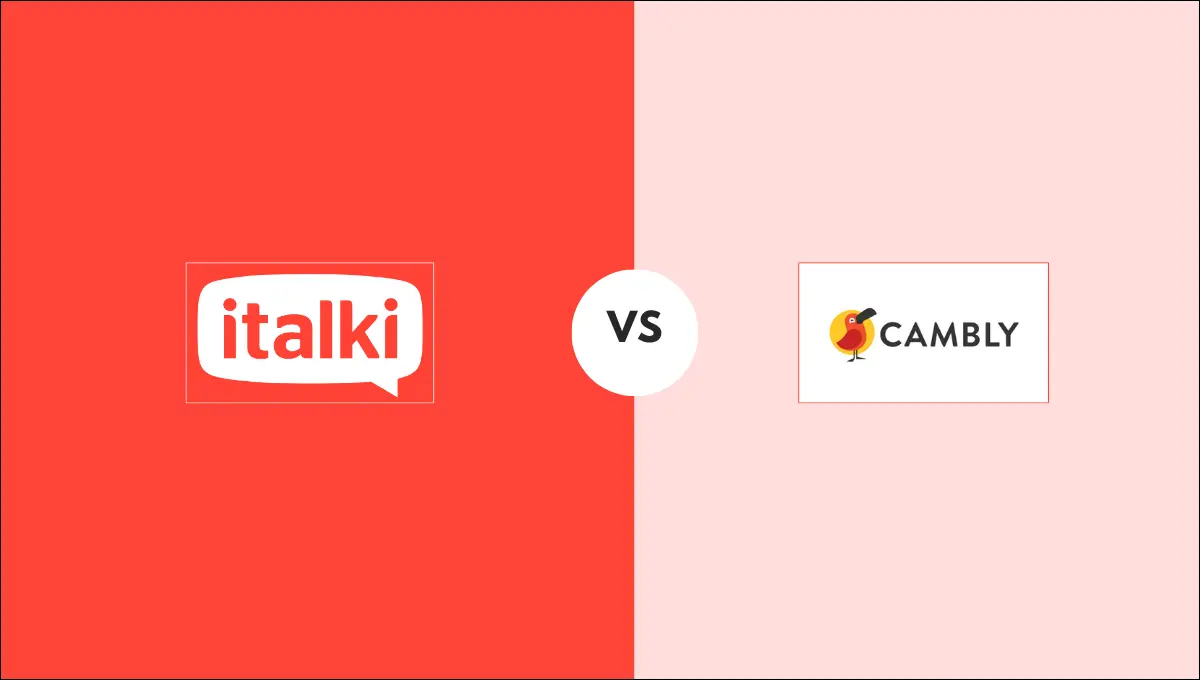Adopting the native accent is something that no one discusses when learning a language. Changing the shape of your mouth and pulling the sound out of your throat unnaturally can all make you feel like an imposter. However, German accent pronunciation is critical to improving fluency and correctly using words within the language. Understanding and responding to a German accent can be difficult but it is worthwhile.
Speaking with the proper German accent will help you communicate and be understood by others when learning Deutsch. However, it can be challenging. The German alphabet is similar to the English alphabet, but how each letter is pronounced in a word can vary greatly.
Consider some of the following tips on how to speak with a German accent pronunciation to help you master this language.
German accent pronunciation
Pronounce ‘W’ like ‘V’
One of the most noticeable differences in attempting a German accent is the absence of the “w” sound in the language. Although the letter “w” appears in the German alphabet, the sound is not familiar to English speakers. When you see a “w” or “wh” in a word or sentence, always pronounce it like a “v.”
Pronounce ‘V’ like ‘F’
To distinguish between “w” and “v,” the latter’s German accent pronunciation sounds more like an “f.” When you see the letter “v” in a word, pronounce it like an “f” in fear.
Pronounce ‘S’ like ‘Z’
When reading a word in German, if you see an “s” enclosed between other letters, pronounce it like the “z” in the zoo. When the word ends in an “s,” it is pronounced the same as in English.

Learn German on italki
Join the global community of language learners today! Sign up for italki and start improving your language skills with native-speaking teachers from around the world.
Create an italki account
Change the pronunciation of “Th”
The English pronunciation of “th” is made by placing your tongue against the back of your upper teeth, but this sound does not exist in German. Instead, the German accent is pronounced “z” or “s.” Technically, you have the option of making the “th” sound like a “z” or an “s.”
There are no hard and fast rules about when to use either, so experiment with both and see which feels more natural.
Pronounce “R” and “H” using your throat
The German language requires you to use your throat to pronounce the letters “r” and “h.” The letter “R” should be pronounced with a gargling motion, similar to how you would pronounce mouthwash. Because there is no English way of pronouncing this letter, it will take some getting used to.
Pronounce “rabbit” more like “hr-abbit” to feel the difference in German accent pronunciation. In the German alphabet, the letter “h” should also be slightly rolled. If you want to become fluent in German, try practicing the German accent with different examples. It will improve your pronunciation to a great extent.
In the case of “St” or “Sp” pronunciation changes
Several German words begin with “sp” or “st,” but they are not pronounced the same way they are in English. To properly perform this German accent pronunciation, “sp” becomes “shp” and “st” becomes “sht.” Before saying the second letter (t or p), make a “shhh” sound.
Pronounce ‘sh’ as “ch”
Similarly, the presence of a “sh” letter combination alters pronunciation to sound more like “ch.”
Gerunds have a hard “K” at the end
Gerunds are words that end in -ing. This is changed to a hard “k” in German, making gerunds sound like “ink.”
‘Oo’ sounds like ‘U’
When you see a German word with a double “oo,” say it like the English letter “u.” You can make the vowel sound nasal by tightening it, and your mouth should form a tight circle.
Change vowel sounds
Another significant difference in the German language is how vowels are pronounced. Most vowels in English should come from the throat and be more elongated in pronunciation. Vowels in German are shortened and pronounced more sharply. The short “i” sounds more like the English “e,” while the “e” sounds more like “ehh.”
Harden consonant pronunciation
In German, consonants are pronounced more forcefully. To accomplish this, say them on the tip of your tongue. This may feel awkward for native English speakers because it would change the meaning of certain words if done in another language, but correctly pronouncing German words is essential. This is used for consonants like “g,” “d,” and “b.” When applied to an English word, it would result in the pronunciation “pug” becoming “puk.”
Learn German accent with italki
It is an era of online learning, if you want to learn German online, we have a great recommendation for you. Get yourself enrolled with italki to find the most experienced and highly professional German tutors online. You can select the tutor based on your desired learning schedule and budget preferences. In fact, you can book your lessons by considering free time out of your busy schedule. Learning German is now super easy with italki so what are you waiting for? Book your lessons today!

Find Your Perfect Teacher
At italki, you can find your German tutor from all qualified and experienced teachers. Now experience the excellent language learning journey!
Book a trial lesson
How to use German accent marks
To begin, identify the umlauts: ä, ö, and ü. The German accent pronunciation of the short umlaut ä sounds more like an English “e” as in “red” or ay as in “says.” Simply hold the sound for longer to achieve the long pronunciation for ä. The short umlaut “ö” is pronounced similarly to the “e” sound, but instead of pulling the corners of your mouth back, round your lips into the shape of an “o”. There is no English equivalent to which this sound can be compared.
The long ö is the same as the short ö, but it is held for a longer period of time. To pronounce the short ü, make the long “i” sound in English and round your lips into an “o” shape while saying it. Again, the long version is simply held for a longer period of time. This sound, like the ö, has no English equivalent. Finally, the eszett (ß) is pronounced exactly as an “s” sound.
Writing German accents on the keyboard
The majority of the German letters are already on your keyboard, but you will need to use a different technique to write the special characters. For Mac users, simply hold down the appropriate key and wait for a small window to appear. This pop-up will allow you to select from a variety of accent marks, including the German accent used in umlauts.
Alternatively, hold down “Option + U” and then the letter to which you want to add the umlaut. Hold down the “s” key to write the eszett. Alternatively, you can just press “Option + S” to get a ß.
Writing a German accent on a Windows keyboard is a little different. To incorporate special characters into your written German, follow the steps below:
– ß → Alt + 0223
– Ä → Alt + 0196
– ä → Alt + 0228
– Ö → Alt + 0214
– ö → Alt + 0246
– Ü → Alt + 0220
– ü → Alt + 0252
How the world takes German accents
German is spoken by over 230 million people worldwide, and it is the official language of six countries: Germany, Switzerland, Austria, Lichtenstein, Luxemburg, and Belgium. German is also widely spoken as a minority language in countries such as Denmark, Russia, Poland, Slovakia, Italy, and even Brazil.
Regardless of where you are, speaking with a German accent makes you sound more like a native speaker. It can help improve the overall flow of your words and allow you to communicate more effectively. Different versions may use different German verbs or German adjectives, so brush up on some local jargon before you go. The following are some different German dialects that can affect your German accent pronunciation:
Hochdeutsch (High German)
High German is spoken in southern Germany, near the Alps and highlands. This is the version of German that is spoken throughout most of the country today, as well as the version that is taught in schools and on TV. It is regarded as “standard” German.
Plattdeutsch (Low German)
Northern Germany and the Netherlands are the origins of this dialect. While the pronunciation of its German accent is similar to that of High German, the written forms are vastly different. It is not widely used and is becoming obsolete.
Switzerland German (Schwiizerdütsch)
Swiss German is widely spoken throughout the country. It has a strong French and Italian influence, and the pronunciation differences can be difficult for native German speakers to understand.
Austrian German (sterreichisches Deutsch)
It is a language spoken in Austria. Austrian German is spoken in Austria and has similar grammar rules as well as a fairly diverse vocabulary. The distinction between these two is similar to that between American and British English.
Conclusion
While learning the German accent may appear to be a difficult task, the pronunciation will improve. Try practicing the German accent with various words. It will improve your fluency and confidence to speak German in front of people. Plenty of German content is available online such as days of the week, months, and counting in German. Try using different learning resources to speed up your process.
To master the use of different German words, for example, the use of werden in German book your lessons with italki!
Want to learn a language at italki?
Here are the best resources for you!
















